Mastering the Art of Understanding Your Ideal Customer to Weed Out Bad Clients

Introduction
Understanding your ideal customer is crucial for business success. This concept revolves around identifying the specific characteristics, needs, and behaviors of the clients who are most likely to benefit from your products or services. By doing so, you can tailor your marketing strategies and service offerings to meet their expectations effectively.
The importance of this understanding can't be overstated:
- It helps in crafting targeted marketing messages.
- Enhances customer satisfaction and loyalty.
- Streamlines resource allocation.
Key takeaway: By mastering the art of understanding your ideal customer, you can effectively weed out bad clients and nurture profitable relationships. Bad clients often drain time, money, and resources while adding unnecessary stress. Recognizing them early allows you to focus on building strong, mutually beneficial relationships with clients who align with your business values and goals.
For a comprehensive guide on defining your ideal customer, including insights into Ideal Customer Profiles and Buyer Personas—How They Differ, check out this resource from HubSpot. It explores the difference between an ideal customer profile and buyer personas, discussing when to use one versus the other along with best practices.
Moreover, once you have defined your ideal customer profiles and established a solid foundation for your business growth, you might find yourself wondering about the right time to hire more sales reps. This decision is crucial as it directly impacts your revenue generation capabilities.
1. Understanding Your Ideal Customer
Why It Is Essential for Businesses to Understand Their Ideal Customers
Grasping the essence of your ideal customer is crucial for any business, including coaching practices. This deep understanding helps in:
- Tailoring Marketing Strategies: Knowing exactly who your target audience is ensures that your marketing efforts resonate with the right people.
- Improving Customer Satisfaction: When you understand your customers' needs and preferences, you can offer products and services that better meet their expectations.
- Boosting Retention Rates: Satisfied customers are more likely to become repeat clients, fostering long-term relationships.
- Optimizing Resources: Focused efforts on attracting ideal clients save time, money, and resources.
Methods for Understanding Your Ideal Customer: 4 Key Strategies
1. Identifying Your Target Audience
Identifying your target audience involves pinpointing the specific group of people who are most likely to benefit from your offerings. This can be achieved by:
- Analyzing existing customer data
- Conducting surveys and interviews
- Segmenting your market based on demographics, psychographics, and behaviors
2. Conducting Market Research to Uncover Insights

Market research helps you gather valuable information about market trends and customer needs. Effective techniques include:
- Surveys and Questionnaires: Collect direct feedback from potential and existing customers.
- Focus Groups: Engage in detailed discussions with a selected group of participants.
- Competitive Analysis: Study competitors to understand what works well in your industry.
3. The Power of Creating Detailed Buyer Personas
Creating buyer personas involves developing semi-fictional representations of your ideal customers based on real data and research. This helps in:
- Crafting personalized marketing messages
- Aligning product development with customer needs
- Enhancing user experience through tailored interactions
For a comprehensive guide on creating buyer personas, you can refer to this insightful article on the importance of ideal customer profiles which explains how you can integrate them with your buyer personas to improve and optimize your B2B marketing programs.
4. Analyzing Customer Behavior Through Data Tracking and Analysis
Data tracking allows you to monitor how customers interact with your business. Key methods include:
- Website Analytics: Use tools like Google Analytics to track visitor behavior on your site.
- Social Media Monitoring: Analyze engagement metrics across social platforms.
- Customer Relationship Management (CRM): Utilize CRM systems to gather insights on customer interactions and preferences.
Understanding these strategies not only aids in attracting the right clients but also plays a pivotal role in delivering high-quality services tailored to their needs.
By focusing on these strategies, you'll be better equipped to identify and engage with your ideal customers effectively. Additionally, if you're looking to expand your business by hiring sales representatives, it might be helpful for you to refer to this ultimate guide on hiring high-ticket sales reps.
2. The Negative Impact of Bad Clients on Your Business

Dealing with toxic clients can have significant repercussions on both your financial stability and mental health. These clients often drain your time, energy, and resources, leaving you feeling overwhelmed and undervalued.
Financial Strain
Bad clients can lead to financial losses through:
- Late or non-payments
- Excessive haggling over prices
- Demanding more work than initially agreed upon without additional compensation
Emotional Well-being
Your mental health is equally at risk when dealing with difficult clients. The constant stress and frustration can lead to burnout, decreased job satisfaction, and ultimately a decline in the quality of your work.
Business Reputation
A toxic client relationship can also tarnish your business reputation. Unhappy clients are more likely to leave negative reviews or badmouth your services, which can deter potential customers.
Signs of Bad Clients

Identifying problematic clients early is crucial. Look out for:
- Unrealistic expectations: Clients who expect immediate results or demand perfection on an unreasonable timetable.
- Poor communication: Inconsistent or unclear communication that complicates project execution.
- Disrespect for boundaries: Clients who disregard business hours or fail to respect your personal time.
- Reluctance to sign agreements: Hesitation or refusal to formalize projects with written contracts.
Mismanaging client relationships can lead to significant setbacks, both financially and emotionally. Recognizing these red flags early helps in maintaining a healthy work environment and focusing on profitable, respectful partnerships.
When assessing the impact of client relationships on overall business success, it's important to consider Maximizing Sales Rep KPIs. This resource offers valuable insights on improving performance metrics, which can be instrumental in evaluating the effectiveness of client relationships.
3. Setting Boundaries and Saying No: Dealing with Potential or Existing Bad Clients

Establishing clear boundaries with clients is crucial for maintaining service quality and ensuring the long-term success of your business. Rejecting clients or their specific requests might seem counterintuitive, but it protects your brand's integrity and prevents overextension.
Valid Reasons for Rejecting a Client's Project or Request:
- Unrealistic Expectations: When a client's demands exceed what you can deliver, it's better to decline than compromise on quality.
- Misalignment of Values: If a client's values or goals don't align with your business ethos, working together could lead to conflicts.
- Resource Constraints: Managing workload effectively means knowing when to say no to avoid burnout and ensure optimal service for existing clients.
Tips for Saying No to a Client Politely While Maintaining Professionalism and Relationship Integrity:
- Listen Actively: Understand the client's needs before responding.
- Show Empathy: Acknowledge their request and show you understand its importance.
- Be Honest: Explain why you can't fulfill the request, providing context where necessary.
- Offer Alternatives: Suggest other solutions or recommend another provider who might meet their needs.
Using these strategies ensures that rejecting clients doesn't harm your professional relationships but instead strengthens your client management system by setting clear expectations and protecting both parties' interests.
4. More Reasons to Reject a Client (Workload Management, Avoiding Burnout, etc.)
Sometimes, it's necessary to turn down a client's proposal or work assignment in order to maintain the quality of your service and protect your own well-being. Here are some other valid reasons why you might need to say no:
Workload Management
Effective workload management is crucial for maintaining high service standards. When you have too much on your plate, taking on additional projects can lead to a huge backlog, resulting in delayed deliveries and compromised quality. By saying no to extra work, you ensure that you can handle your current commitments effectively.
Meeting Expectations
It's important to set realistic expectations with your clients. Overcommitting can make it difficult to meet deadlines and quality standards, which could harm your reputation. Saying no allows you to focus on projects where you can truly shine.
Avoiding Burnout
Avoiding burnout is essential for sustaining long-term business success. Constantly accepting new clients without taking breaks can lead to physical and mental exhaustion. This not only impacts your health but also affects the quality of service you provide. By spacing out projects and scheduling rest periods, you can maintain optimal performance.
Protecting Mental Health
Dealing with demanding clients who don't respect boundaries or try to negotiate lower payments can be emotionally draining. Prioritizing your mental well-being by rejecting such clients helps maintain a positive work environment and preserves your energy for more fulfilling projects.
By being selective about the clients you choose to work with, you create a sustainable workflow that benefits both you and your clients in the long run.
5. Identifying and Avoiding Potential Bad Clients from the Start
Spotting potential red flags early in the client acquisition process is crucial for maintaining a healthy and productive business environment. Here are some key strategies to help you identify and avoid potentially problematic clients:
Red Flags to Watch For:
- Clients who haggle over payment incessantly or undervalue your services.
- Individuals who disregard business hours, showing a lack of respect for your time.
- Prospects who refuse to sign written agreements, indicating possible future disputes.
Importance of Clear Communication:
- Establish transparent and open communication channels from the outset.
- Clearly outline your expectations, deliverables, and timelines in initial meetings.
Mutual Respect:
- Assess mutual respect by observing how potential clients interact with you and your team.
- Look for signs that they value your expertise and understand professional boundaries.
Written Agreements:
- Ensure all terms, conditions, and expectations are documented in a written contract.
- A detailed agreement helps prevent misunderstandings and protects both parties.
By prioritizing these strategies, you effectively mitigate client-related risks, allowing you to focus on nurturing healthy client relationships.
6. Maintaining Service Quality, Customer Alignment, and Long-Term Relationship Value

Delivering high-quality services consistently is crucial in building a strong reputation and minimizing the likelihood of encountering bad experiences. When you prioritize quality in every customer interaction, you create a foundation of trust and reliability that clients can depend on. This commitment to excellence not only attracts ideal clients but also fosters positive ongoing connections.
Aligning customer expectations with realistic service offerings is essential for sustainable satisfaction. Clear and honest communication about what you can deliver helps manage client expectations effectively. Here are some strategies:
- Transparent Communication: Clearly outline what your services include and what they don't.
- Set Realistic Goals: Ensure that the objectives set are achievable within the agreed timeframe.
- Regular Updates: Keep clients informed about progress and any potential changes.
High-quality service delivery combined with clear alignment of expectations leads to long-term relationship value. Satisfied clients are more likely to return for future services and refer others to your business, contributing to sustainable growth. By focusing on maintaining service quality and managing client relationships effectively, you ensure a stable and thriving business environment.
The Power of Customer Feedback Loops for Continuous Improvement and Client Alignment

Soliciting and leveraging customer feedback is crucial for staying attuned to their evolving needs and preferences. Understanding what your clients think about your services can help you make informed decisions that align with their expectations. This alignment not only enhances client satisfaction but also strengthens your business relationship.
Key Benefits of Customer Feedback:
- Enhanced Service Offerings: Direct insights from customers can reveal areas for improvement or innovation in your services.
- Improved Client Satisfaction: Addressing specific feedback demonstrates that you value your clients' opinions, which builds trust and loyalty.
- Adaptive Business Strategies: Regularly updated feedback allows for agile responses to changing market demands, ensuring you stay relevant.
Methods to Gather Customer Feedback:
- Surveys and Questionnaires: Simple yet effective tools for gathering structured data on client satisfaction.
- One-on-One Interviews: Offer deeper insights into individual client experiences.
- Social Media Monitoring: Observing client interactions on social platforms can provide real-time feedback.
- Client Reviews and Testimonials: Analyze these to understand common praises and complaints.
Implementing a Feedback Loop:
- Collect feedback consistently through multiple channels.
- Analyze the data to identify trends and actionable insights.
- Implement changes based on the feedback received.
- Communicate improvements back to the clients, showing them their input is valued.
Creating a robust customer feedback loop not only helps in continuous improvement but also ensures alignment with client expectations, fostering long-term relationships.
Conclusion
Implementing the strategies and techniques discussed in this article can have a profound impact on your business or coaching practice. By truly understanding who your ideal customer is, you will be able to attract the right clients and build relationships that are mutually beneficial.
This approach not only saves you time and resources, but it also creates a solid foundation for long-term success. Remember, it's better to focus on quality rather than quantity when it comes to acquiring clients.
Here are some key takeaways from this article:
- Understanding your ideal customer is essential for sustainable growth.
- Aligning client expectations with your service offerings leads to higher satisfaction.
- Being selective about the clients you work with can create a positive and stress-free working environment.
By mastering the art of client selection, you'll be well on your way to creating a thriving business that is free from the negative effects of dealing with difficult clients.
FAQs (Frequently Asked Questions)
What is the relevance of understanding your ideal customer to business success?
Understanding your ideal customer is crucial for businesses, including coaches, as it allows them to effectively weed out bad clients and nurture profitable relationships. By mastering the art of understanding your ideal customer, you can align your products or services with the needs and preferences of your target audience, leading to sustainable growth and success.
What are the key strategies for understanding your ideal customer?
The key strategies for understanding your ideal customer include identifying your target audience, conducting market research to uncover insights, creating detailed buyer personas, and analyzing customer behavior through data tracking and analysis. By employing these methods, businesses can gain a deep understanding of their customers' needs and preferences.
What are the signs and characteristics of bad clients to watch out for?
Bad clients can exhibit characteristics such as being toxic to the client relationship, causing stress or mental health issues, and damaging the business reputation. It's important for business owners or coaches to be able to identify these signs early on in order to avoid the detrimental effects that bad clients can have on their well-being and success.
Why is it important to set boundaries with clients and sometimes say no to business opportunities?
Establishing clear boundaries with clients and being willing to turn down business opportunities when necessary is essential for long-term success. It allows business owners or coaches to maintain service quality, manage client relationships effectively, and avoid potential burnout or overextension.
What are some valid reasons for rejecting a client's project or request?
Valid reasons for rejecting a client's project or request may include having a huge backlog, needing to manage workload effectively in order to serve clients better, or wanting to avoid overextension in order to meet expectations. By recognizing these reasons, businesses can make informed decisions about which projects or requests to take on.
What are some key strategies for spotting red flags early on in the client acquisition process?
Key strategies for spotting red flags early on in the client acquisition process include paying attention to how potential clients communicate, mutual respect between both parties, and whether they are willing to adhere to written agreements. Clear communication and respect are crucial in mitigating client-related risks from the start.


